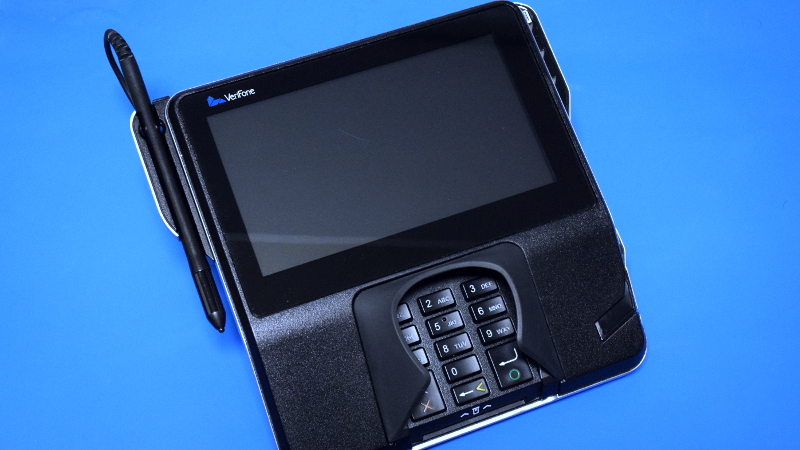

The major development of the magnetic striped plastic card began in 1969 at the IBM Information Records Division (IRD) headquartered in Dayton, New Jersey.

The narrow magnetic stripe in the center of the card was applied using a magnetic slurry paint. The heat of the iron was just high enough to bond the tape to the card.įirst magnetic striped plastic credit and badge access cards īack of early magnetic striped encoded paper card. When he explained the source of his frustration: inability to get the tape to "stick" to the plastic in a way that would work, she suggested that he use the iron to melt the stripe on. As he walked in the door at home, his wife Dorothea was ironing clothing. After a frustrating day in the laboratory, trying to get the right adhesive, he came home with several pieces of magnetic tape and several plastic cards. The tape strip either warped or its characteristics were affected by the adhesive, rendering the tape strip unusable. He became frustrated because every adhesive he tried produced unacceptable results. In 1969 Forrest Parry, an IBM engineer, had the idea of securing a piece of magnetic tape, the predominant storage medium at the time, to a plastic card base.

Magnetic storage was known from World War II and computer data storage in the 1950s. A stripe of cellophane magnetic tape is fixed to a piece of cardboard with clear adhesive tape The first prototype of magnetic stripe card created by IBM in the late 1960s. They also provide the standards for financial cards, including the allocation of card number ranges to different card issuing institutions.
#YOUTUBE SWIPE AND SMART CARD READER AND WRITER ISO#
A number of International Organization for Standardization standards, ISO/IEC 7810, ISO/IEC 7811, ISO/IEC 7812, ISO/IEC 7813, ISO 8583, and ISO/IEC 4909, now define the physical properties of the card, including size, flexibility, location of the magstripe, magnetic characteristics, and data formats. In 1960, IBM used the magnetic tape idea to develop a reliable way of securing magnetic stripes to plastic cards, under a contract with the US government for a security system. In the 1950s, magnetic recording of digital computer data on plastic tape coated with iron oxide was invented. Magnetic recording on steel tape and wire was invented by Valdemar Poulsen in Denmark around 1900 for recording audio. They may also contain an RFID tag, a transponder device and/or a microchip mostly used for business premises access control or electronic payment.

Magnetic stripe cards are commonly used in credit cards, identity cards, and transportation tickets. The magnetic stripe, sometimes called swipe card or magstripe, is read by swiping past a magnetic reading head. Visualization of magnetically stored information on a magnetic stripe card (recorded with CMOS-MagView, dark colors correspond to magnetic north, light colors correspond to magnetic south)Ī magnetic stripe card is a type of card capable of storing data by modifying the magnetism of tiny iron-based magnetic particles on a band of magnetic material on the card.


 0 kommentar(er)
0 kommentar(er)
